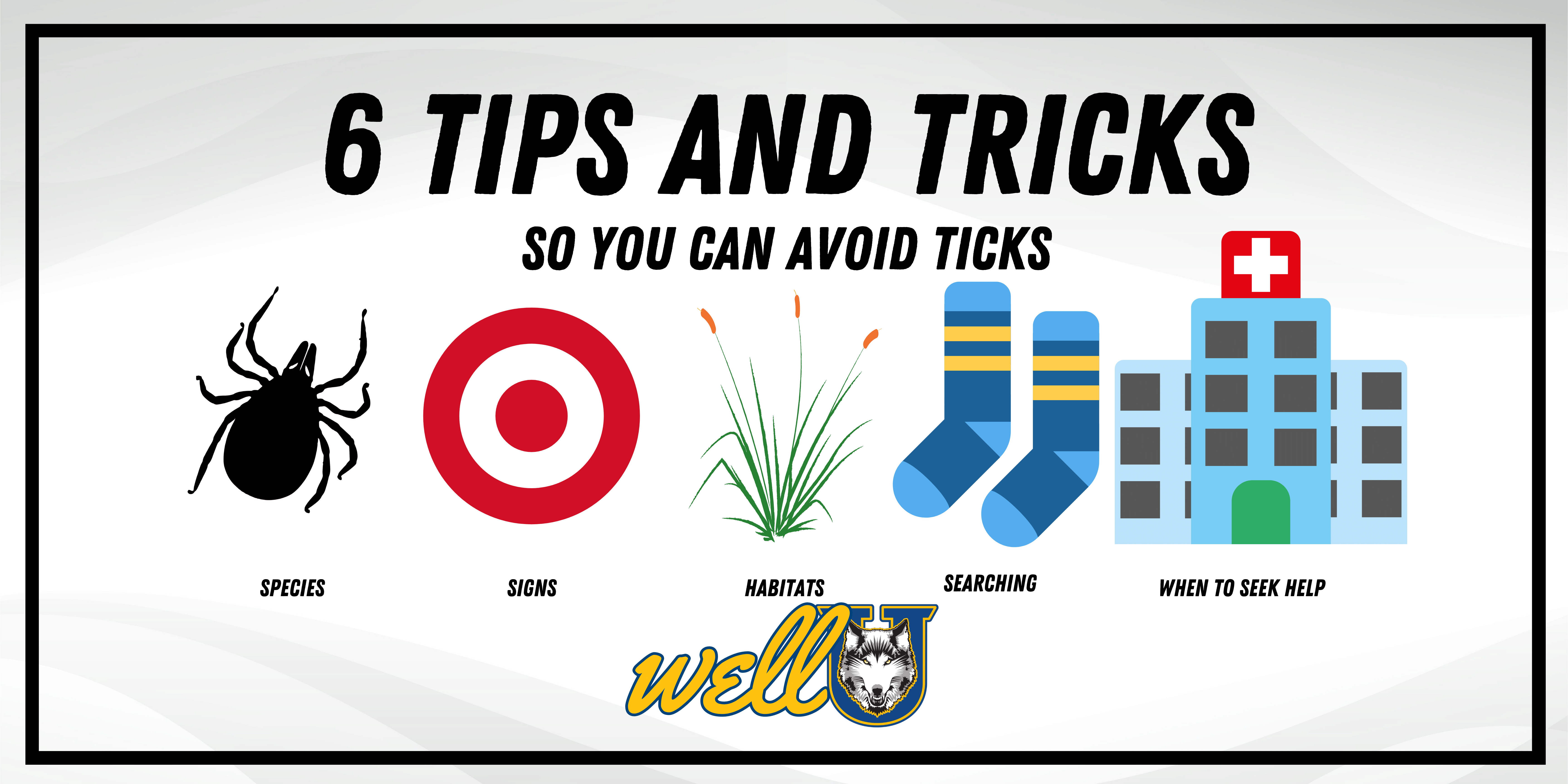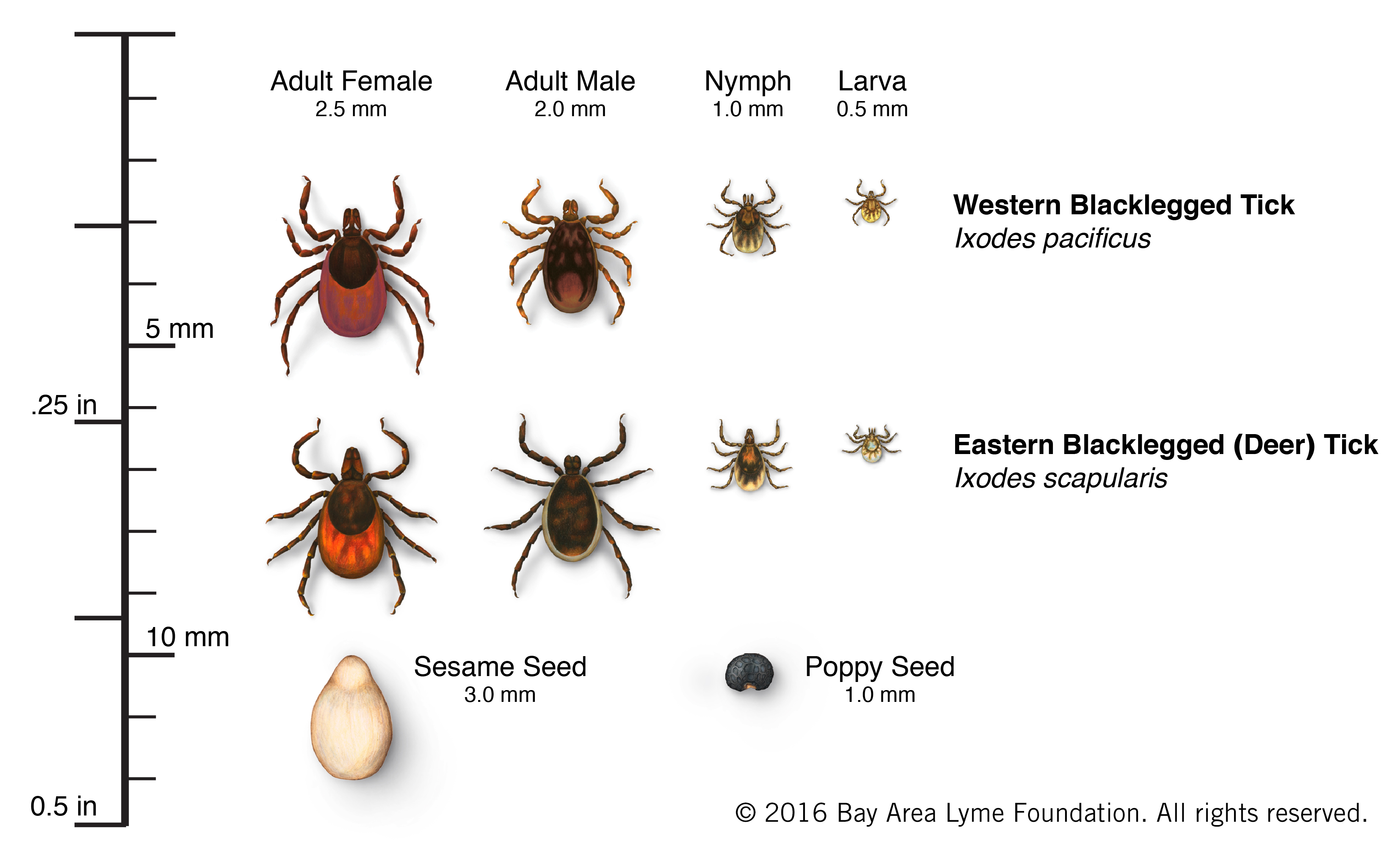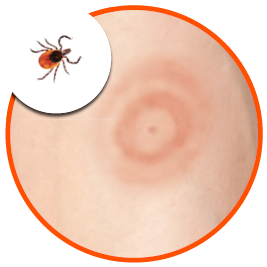6 Tips and Tricks so You Can Avoid Ticks

1. Know What Ticks Carry Lyme Disease.
Even though Ontario is native to over 40 species of ticks only 2 carry lyme disease. Blacklegged ticks and Western blacklegged ticks. 
2. How to identify blacklegged and western blacklegged ticks.
Blacklegged and Western Blacklegged ticks typically are a dark red/brown colour when not feeding. They change to a light yellow/brown colour while in the middle of feeding.
3. How to identify tick bites.
If the tick is still burrowed into the skin you will be able to see the bottom of the tick peeking out surrounded in a red area. A tick bite will also often appear in the shape of a bullseye with a small red circle surrounding the bite.

4. Where ticks are normally found.
Ticks love to reside in tall grass and fields. Always be weary after walking through these environments.

5. Where do ticks love to bite.
Ticks tend to bite the warmest areas of the body so when you leave tall grass be sure to check any areas that have frequent skin to skin contact like armpits, behind the knees. They also like to go beneath tight clothes so be sure to check in socks and underwear as well.
6. So you've been bitten by a tick, what next?
Have you been bitten by a tick and it is still burrowed within the skin. You can extract the tick by using fine point tweezers to gently grab the tick by the head. If the head has broken off you may use tweezers to extract the head and then use an alcohol based sanitizer to clean the bite. Once the tick is removed you should put it in a sealed bag and bring it to your local health unit.




